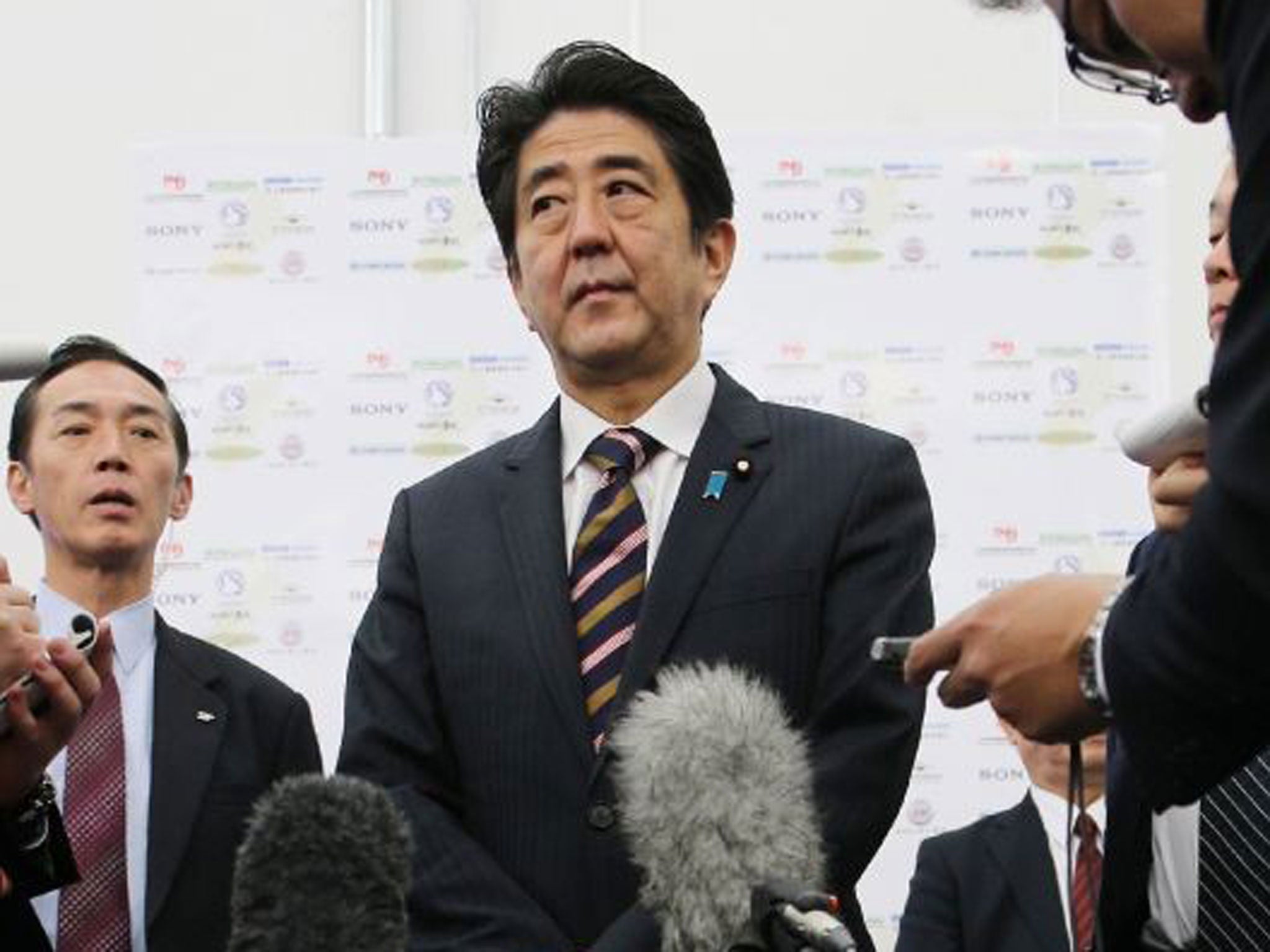2013 has been the year of smaller companies
Firms which avoided global woes provided the best returns

Investors who backed smaller firms this year have been proved astute for the second year running. Four of the five strongest investment fund sectors had a small cap focus.
The Japanese Smaller Companies sector was the most profitable, returning 36 per cent over the year. Japan was boosted by Abenomics, the term coined to describe the policies being pushed through by Japan’s Prime Minister Shinzo Abe.
It consists of “three arrows” – named after the Japanese legend that individual arrows can break, but three held together are very strong. The policies he’s backing are bold monetary relaxation, flexible fiscal stimulus, and reviving the private sector.
But there is a wider reason driving smaller company funds to outperform those backing large firms, believes Tom Purdie from FundExpert.co.uk.
“There is a vast selection of stocks for fund managers to choose from,” he said. “This means a large range of possibilities, and significant opportunities to build a highly diversified portfolio. Larger, often global, businesses are perpetually in thrall to the latest central bank action.”
He also pointed out that unlike larger companies, smaller companies are not overwhelmed by broader macro trends. Being in niche markets allows them to maintain good performance regardless of what is happening in the wider economy.
On the other side of the coin, the worst-performing sector of the year was Global Emerging Markets, mainly on the back of taper fears in the US, which came to fruition in the middle of last week.
“The witching hour was 22 May, when Ben Bernanke mooted the gradual withdrawal of money printing,” recalled Mr Purdie. “Before that date the FTSE Emerging index was already falling. But from 22 May the slide accelerated.”
However, he said that there are still opportunities in emerging markets over the long term. “Emerging markets continue to grow 4 per cent faster than developed markets, and many have much more youthful demographics,” he said. That’s crucial as young populations drive growth.
But he warned that investors should expect more turbulence in emerging market equities in 2014 especially as the market focuses on the arrival of US tapering.
“For those wanting to exploit the long-term opportunity of emerging markets, drip-feeding will deal with the problem of market turbulence, allowing you to limit short-term stress while beingpositioned for long-term potential.”
The best-performing individual fund of the year was AXA Framlington Biotech. “It’s interesting to see a tech-focused fund in the top 10 in a year which saw the Twitter IPO and Bitcoin fluctuating valuations hit the headlines,” Mr Purdie said.
Meanwhile, 2013 proved to be another sorry year for gold investors. Gold funds propped up the performance tables, carrying on their poor showing from 2012. However, 2013 was more severe for gold. The worst losses of 2012 were around 30 per cent. In 2013 the worst gold fund slumped more than 60 per cent.
Join our commenting forum
Join thought-provoking conversations, follow other Independent readers and see their replies
Comments